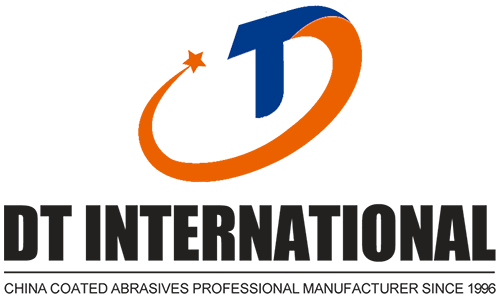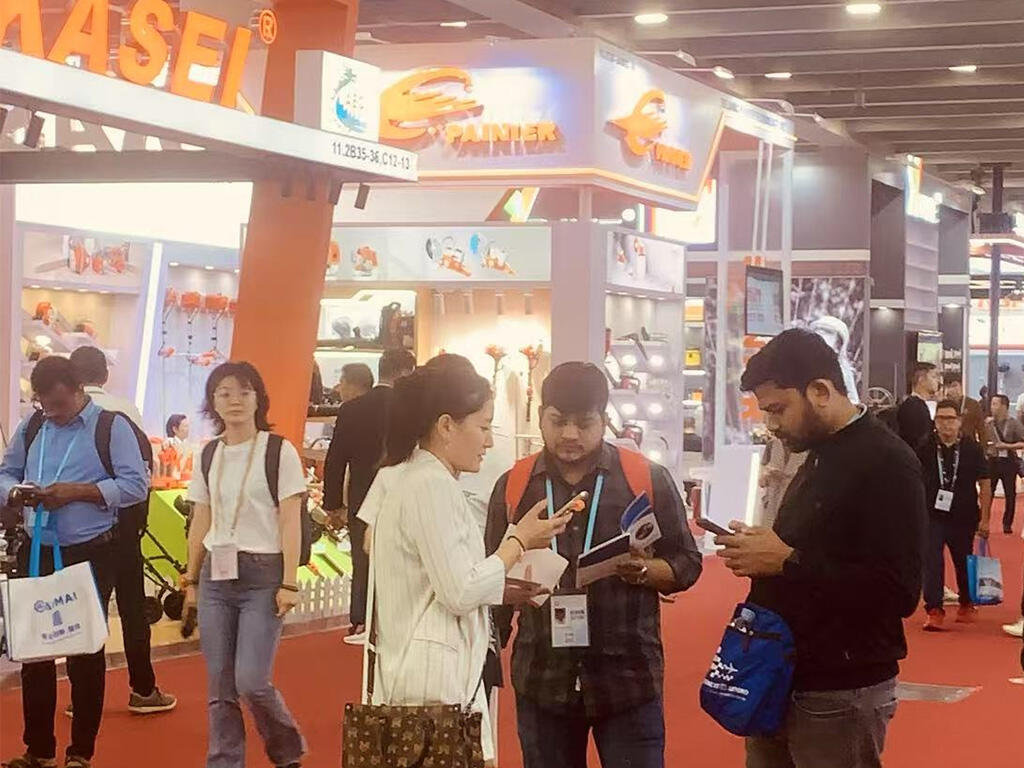A sanding belt makes quick work of leveling wood or metal, yet each belt slowly succumbs to a lineup of forces that chew up its surface. Get ahead of the problem by learning what makes your belt wear and, just as important, how to treat it right. This guide gives the most effective tricks you can apply at your next workbench or shop area.
Why a Sanding Belt Deteriorates
Heat, pressure, and the material you’re shaping each drive the belt toward its end. Sanding generates enough friction to cook the surface, and if the belt gets too hot, the adhesive that glues grit to the backing weakens. Extra pressure makes the grit wear erratically, and if that grit isn’t suited to the workpiece, it wears even faster. Picking the right belt for the job and controlling job-site conditions can double or triple the life of any belt.
Heat’s Silent Saboteur
Heat isn’t always visible, yet it steals life from your sanding belt. Resin bonds, designed to hold grit through a few grindings, can soften and delaminate at just a few hundred degrees. One fast, easy fix is to hold the sanding speed to the manufacturer’s label, where it usually resides. If your job calls for lots of material removal, consider backing the belt speed and working with deliberate strokes to double your finish speed without the extra strain. Just the small change cut the friction alphabet, puzzling heat before it softens a single grain.
-
Wrong Belt Tension: A belt that’s either too loose or too tight won’t take the same shape every time. A loose one jumps around the drum; a tight one rubs against the rollers, generating needless heat. Both ways, the surface wears unevenly. Flip the manual’s tension chart, dial the rollers till they match, and lock it.
-
Mismatched Sanding Media: Slapping a belt down and expecting it to hum along works only if the grit and backing are fit for the part. A coarse, cloth-backed belt that’s meant for hardwood meets laminate and surrenders in half the time. Read the specification wheel, grab the belt meant for the material today, and you fight the clock a little less.
-
Debris Build-Up: Trailing laps of pine dust or aluminum chips tell the belt it has to heat and cool again and again, right in the grit. The resin soften, the grit rounds, and the whole thing trades even surface for bald bits that ruin the finish. A quick blast of compressed air in the corner with a belt cleaner makes the surface ready for round two.
Proven Steps to Make the Belt Last
-
Daily Check-Up: Set a clock for the daily salesman—not an hour for sales, a minute for the belt. Glance under the gauge for skips in the grit, feel for the same tension you dialed, scan for chips. Repeat in the afternoon if the feed is long. A minute today means a day fewer in the scrap.
-
Proper Storage: Keep sanding belts in a cool, dry spot where sun can’t get to them. Heat and moisture break down the glue and grit, so a little care here means the belts last much longer.
-
Use the Right Speed: Every material has its sweet-spot speed. Spin too fast and the belt heats up crudely. Spin too slow and the dust clogs the grit. Check the manufacturer’s tag for the best RPM for the job you’re doing.
-
Invest in Quality: Cheap belts can save a few bucks today but lose time and power tomorrow. Buy the belts that fit your task and have solid grit and bonding quality. It’ll save you the hassle of swapping again halfway through a project.
Industry Trends in Sanding Belt Technology
Sanding belts keep getting better, thanks to new materials and tech that make them last longer and work faster. Recently, ceramic abrasives have been upgraded so that belts using them cut quicker and don’t wear out as soon. That means less downtime for changing belts. Manufacturers also can’t ignore the planet, so belts made from eco-friendly materials and production steps are popping up everywhere. This move isn’t just good PR; it answers real demand in woodworking and metalworking shops that want to go greener. If history is any guide, the next generation of belts will deliver even more speed and life, making our sanding jobs smoother and our overhead costs lower.



